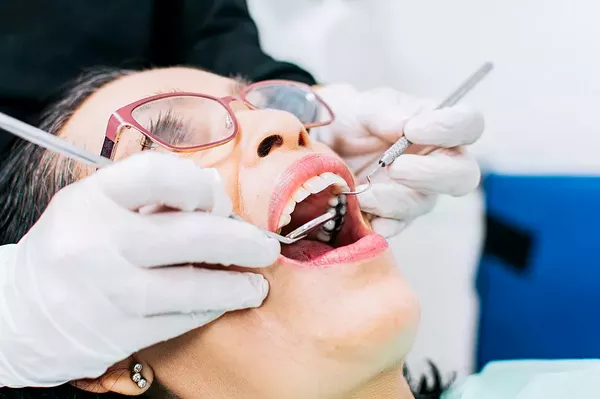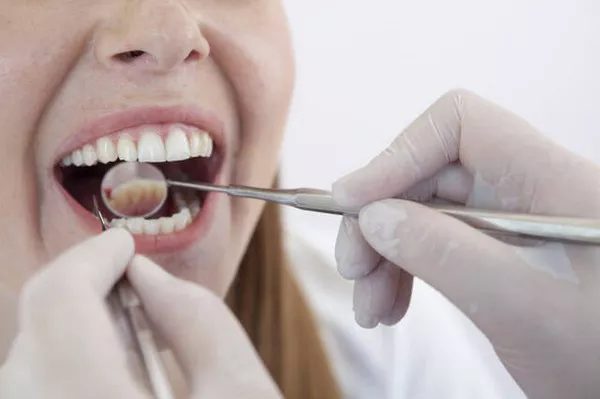In today’s fast-paced world, maintaining optimal health is a priority, and oral health plays a pivotal role in our overall well-being. One common issue that often goes unnoticed but requires immediate attention is bleeding gums. In this article, we will delve into the meaning of bleeding gums, exploring its causes, the importance of oral hygiene, indicators of gum health, preventive measures, the significance of professional dental care, and effective home remedies.
1. Bleeding Gums Causes: Unraveling the Mystery
Bleeding gums can be indicative of various underlying issues, ranging from mild to severe. The primary cause is often linked to gum disease, specifically gingivitis or periodontitis. Gingivitis, characterized by inflammation of the gums, is a common culprit behind bleeding gums. Poor oral hygiene, plaque buildup, and bacterial infections can contribute to the development of gingivitis, which, if left untreated, can progress to periodontitis.
1.1 Poor Oral Hygiene: A Breeding Ground for Gum Issues
Neglecting oral hygiene is a major contributor to bleeding gums. Inadequate brushing and flossing allow plaque to accumulate along the gumline, leading to inflammation and bleeding. It is essential to establish a consistent oral care routine to prevent the onset of gingivitis.
1.2 Bacterial Infections: Silent Aggressors of Gum Health
Harmful bacteria can infiltrate the gums, causing infections that manifest as bleeding. Regular dental check-ups and cleanings help detect and address these infections early on, preventing them from progressing into more severe conditions.
2. Importance of Oral Hygiene: Beyond a Gleaming Smile
Maintaining good oral hygiene goes beyond the aesthetic appeal of a bright smile; it is crucial for overall health. Proper oral care not only prevents bleeding gums but also reduces the risk of systemic health issues such as heart disease and diabetes.
2.1 Gum Health and Systemic Diseases: A Connection Unveiled
Research suggests a link between gum health and various systemic diseases. Chronic inflammation from gum disease can contribute to inflammation in other parts of the body, increasing the risk of heart disease and complications in individuals with diabetes.
2.2 The Role of Proper Brushing and Flossing: Foundation of Gum Health
Effective brushing and flossing eliminate plaque and bacteria, safeguarding gum health. Using an antimicrobial mouthwash further enhances the oral care routine, reducing the risk of bleeding gums and associated complications.
3. Gum Health Indicators: Decoding the Signs
Understanding the signs of healthy gums versus those indicating a problem is crucial for early intervention. Recognizing these indicators empowers individuals to take proactive measures in maintaining optimal oral health.
3.1 Healthy Gums: Characteristics to Look For
Healthy gums are firm, pale pink, and do not bleed during brushing or flossing. Regular dental check-ups ensure that any potential issues are identified and addressed promptly.
3.2 Warning Signs: When Gums Signal Trouble
Bleeding during routine oral care, persistent bad breath, and changes in gum color or texture are warning signs that should not be ignored. Seeking professional advice is imperative to determine the underlying cause and initiate appropriate treatment.
4. Preventive Measures for Bleeding Gums: Taking Charge of Your Oral Health
Prevention is the key to maintaining healthy gums and preventing the onset of bleeding. Implementing simple yet effective preventive measures can make a significant difference in oral health.
4.1 Regular Dental Check-ups: Early Detection, Timely Intervention
Scheduled dental visits enable early detection of potential issues and allow for prompt intervention. Professional cleanings remove stubborn plaque and tartar, reducing the risk of bleeding gums.
4.2 Balanced Diet: Nourishing Gums from Within
A diet rich in vitamins and minerals, particularly vitamin C, contributes to gum health. Incorporating fruits, vegetables, and dairy products supports overall oral health, reducing the likelihood of gum issues.
5. Professional Dental Care: Your Partner in Gum Health
While preventive measures are vital, professional dental care plays an irreplaceable role in maintaining optimal gum health. Regular visits to a dentist ensure comprehensive oral examinations and targeted treatments.
5.1 Scaling and Root Planing: Addressing Underlying Issues
For individuals with advanced gum disease, scaling and root planing may be recommended. This deep cleaning procedure removes bacteria and tartar from below the gumline, promoting healing and preventing further complications.
5.2 Periodontal Treatments: Tailored Approaches for Gum Health
Periodontal treatments, such as laser therapy and surgical procedures, offer targeted solutions for severe gum issues. These interventions aim to restore gum health and prevent the progression of periodontitis.
6. Home Remedies for Bleeding Gums: Nature’s Solutions
Complementing professional care, certain home remedies can alleviate mild gum issues and contribute to overall oral well-being. These remedies are easily accessible and can be incorporated into daily routines.
6.1 Saltwater Gargle: A Time-Tested Solution
Rinsing the mouth with warm saltwater helps reduce inflammation and promotes healing. This simple home remedy can be performed regularly to soothe irritated gums.
6.2 Oil Pulling: Harnessing the Power of Natural Oils
Oil pulling involves swishing natural oils, such as coconut or sesame oil, in the mouth to remove toxins and bacteria. This ancient practice can be a beneficial addition to oral care routines.
In conclusion, understanding the meaning of bleeding gums is the first step towards proactive oral health management. By addressing the causes, prioritizing oral hygiene, recognizing indicators, adopting preventive measures, seeking professional care, and incorporating home remedies, individuals can ensure their gums remain healthy and free from bleeding. Remember, a healthy smile is a reflection of overall well-being, and investing in oral health today paves the way for a brighter, healthier future.
Related Links:
How does invisible aligners work?
How to fix overbite teeth at home?
Why do my teeth click when i push on them?





























